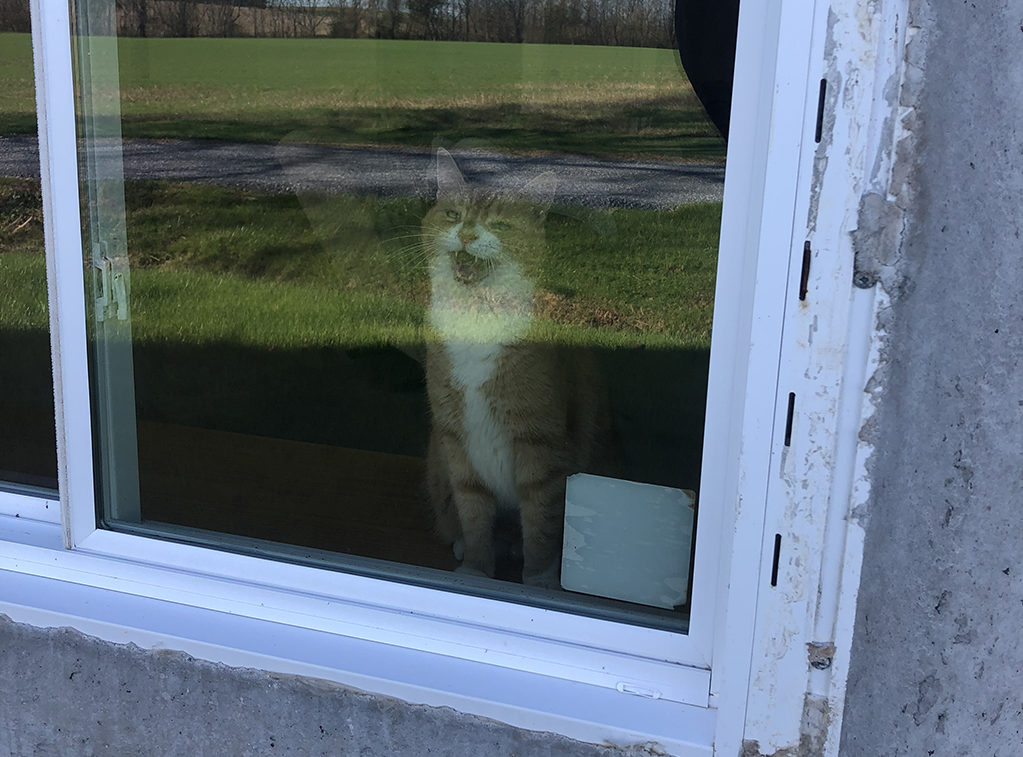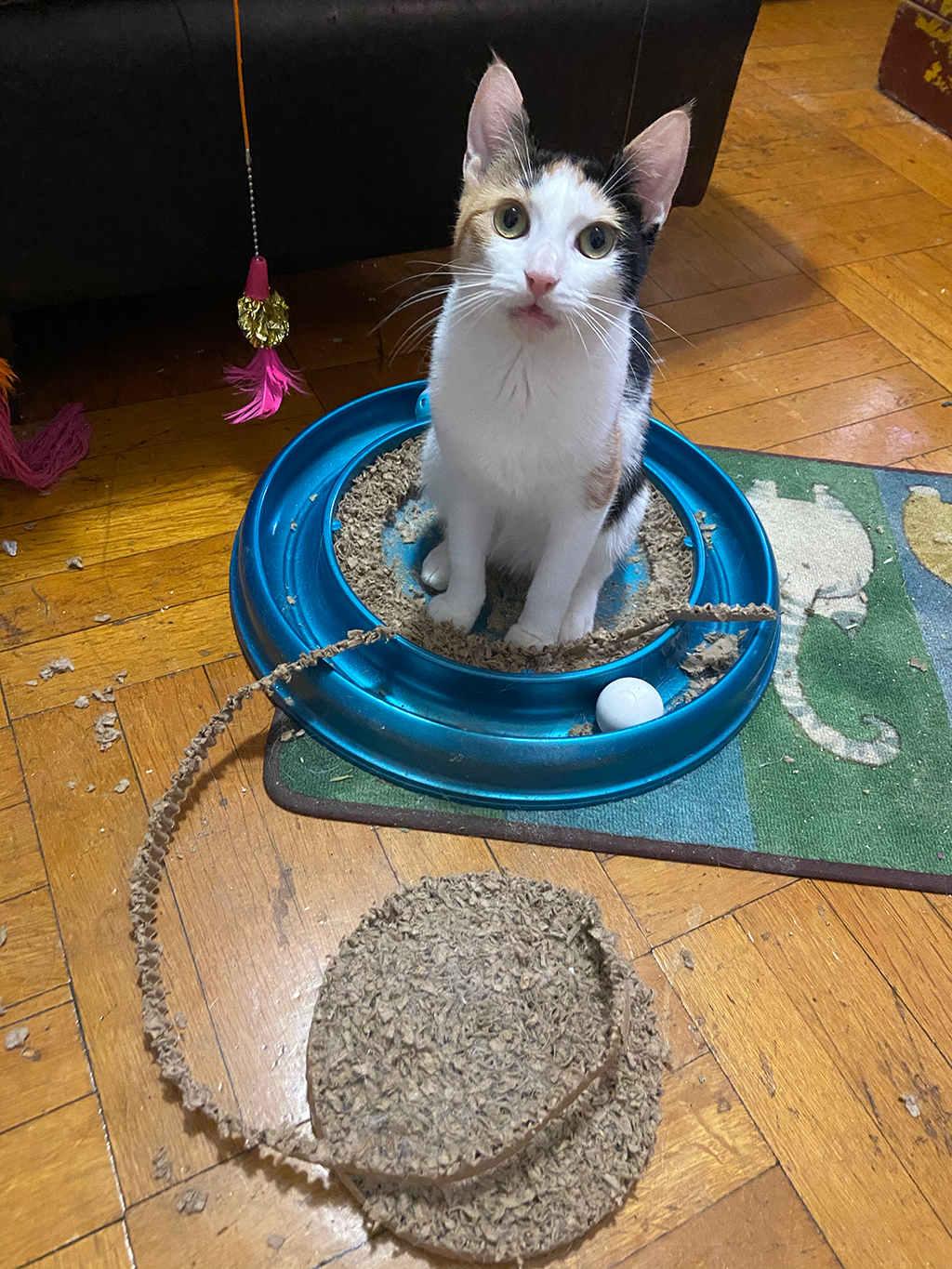Yowling is similar to the meow but more drawn out, high-pitched, and melodic. Yowling is common among adult cats, especially during the breeding season. Many cats today lead lives as indoor cats and are in greater need of stimulation. If their environment lacks toys, scratchers, and other cat accessories, they may yowl and meow due to boredom. Your cat might also have a sensitive nature or be especially attached to you. In such cases, they might be vocalizing excessively due to fear and separation anxiety. Yowling and constant meowing can be especially problematic in a city setting. In addition to the nuisance, it may present to you, neighbors’ and landlords’ complaints can further complicate the situation. It is also worth noting that some cat breeds, like the Siamese, are prone to excessive yowling and meowing.
If you wish to reduce vocalization in cats, it is important to determine the course of the problem. The first step for you would be to take your cat to the vet and rule out any medical reasons. If you and your vet have established that the increase in your cat’s meowing routine is behavior-related, Smiling Kitty can help! Our expert behavior modification plans will address the root of the problem and suggest ways to fix it. We will guide you through the process of calming your cat and show you how to modify your home environment and daily routines to accommodate your cat’s need for validation. Contact us here to make an appointment!


